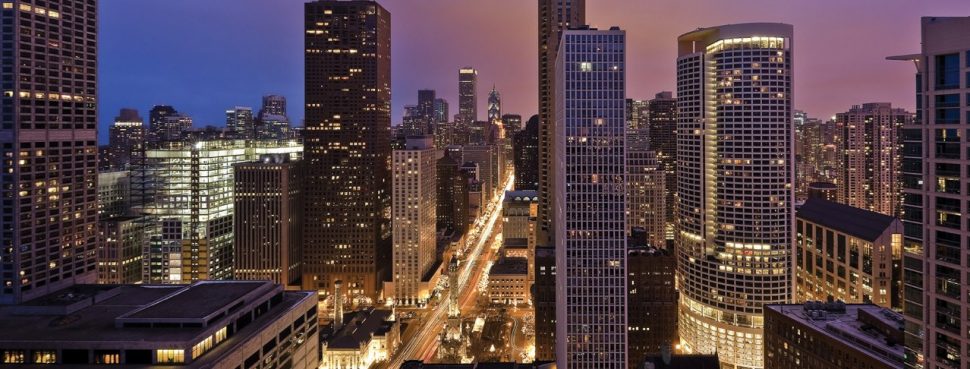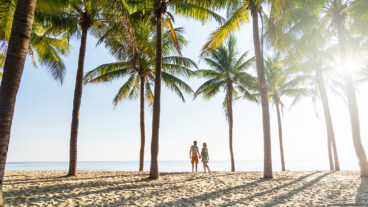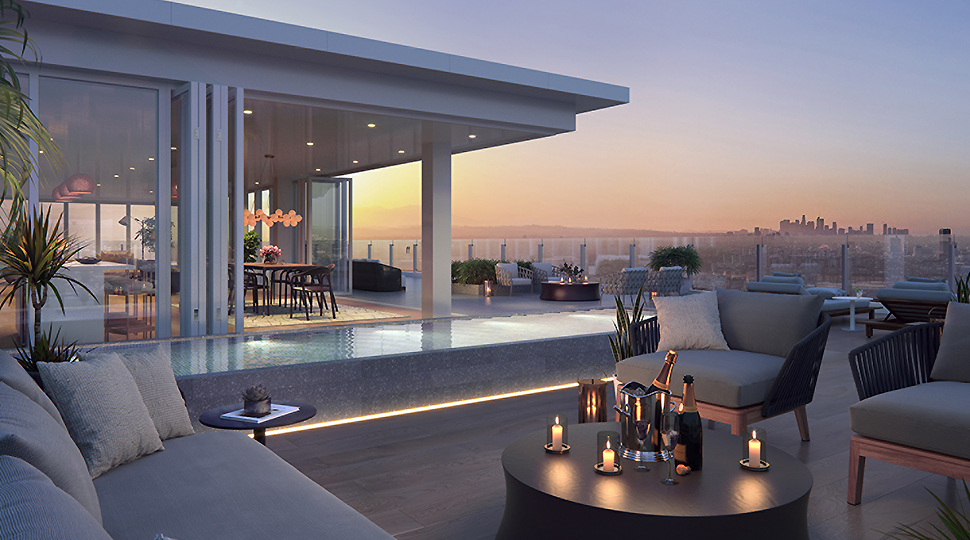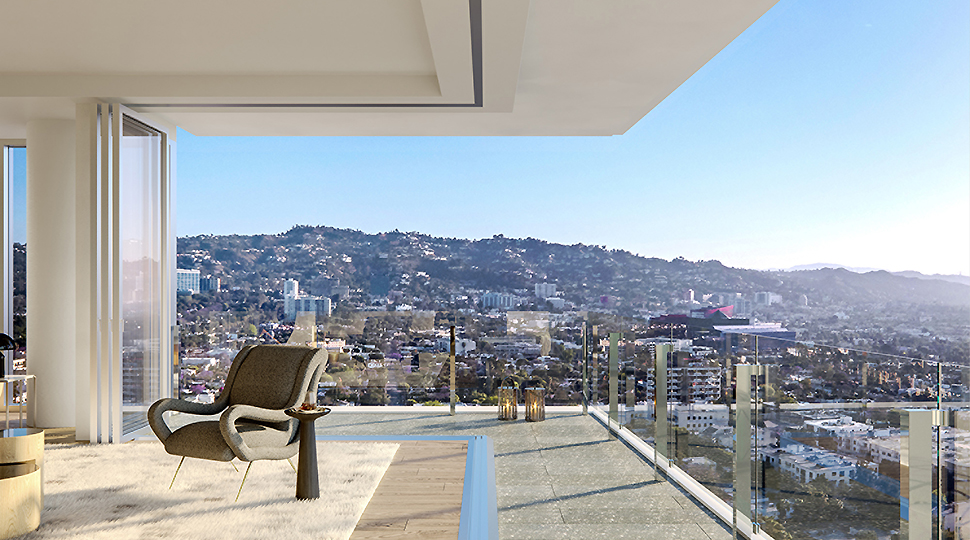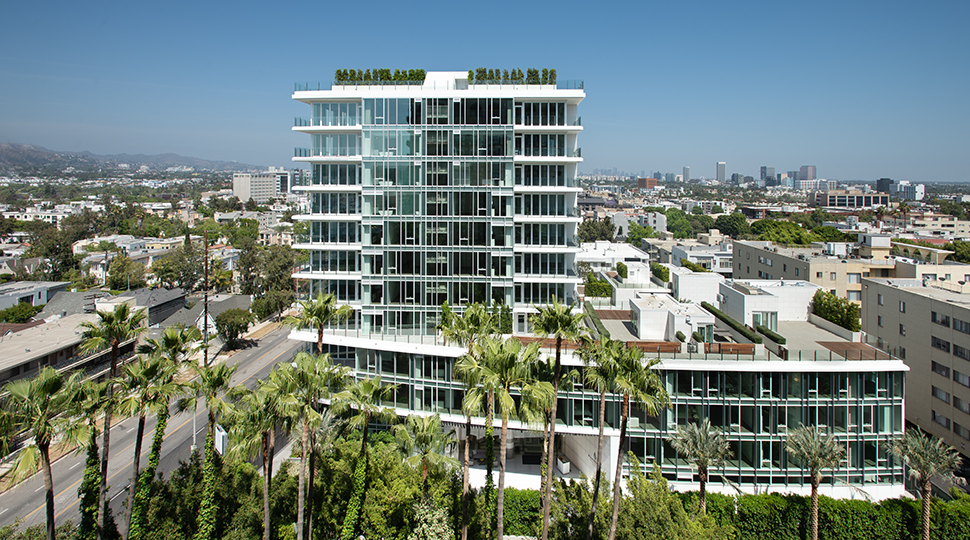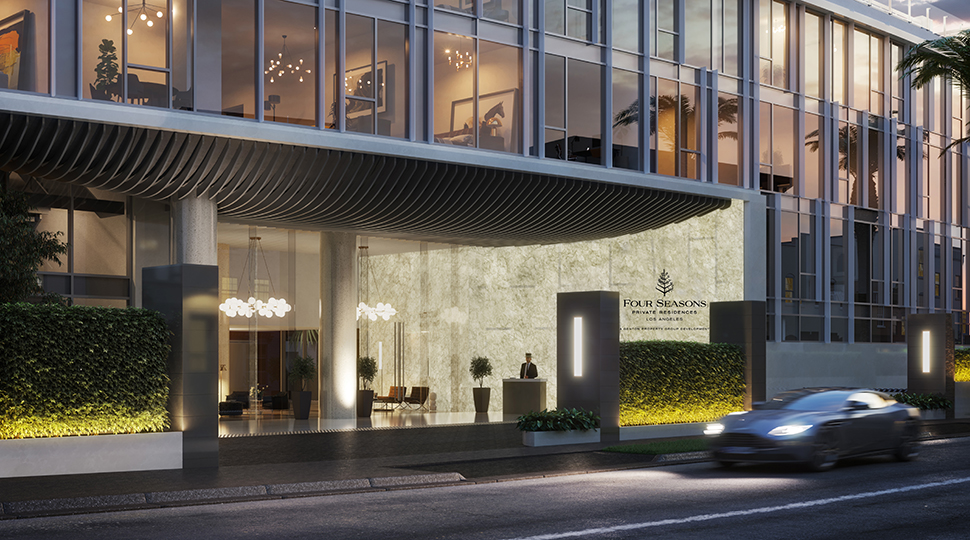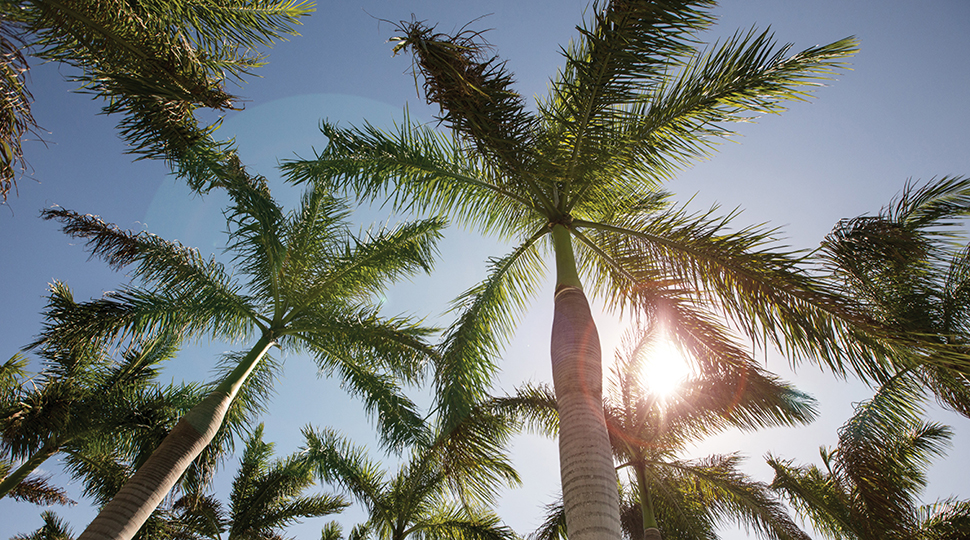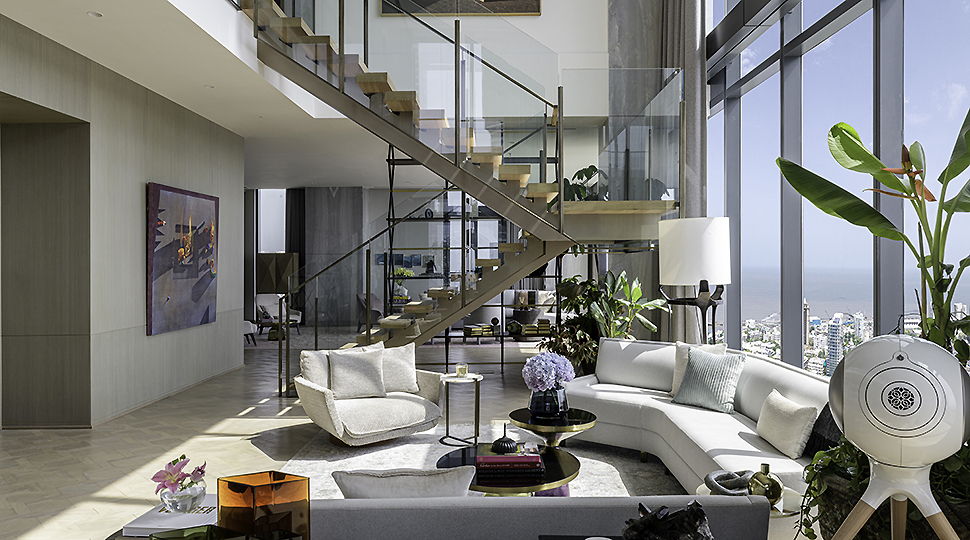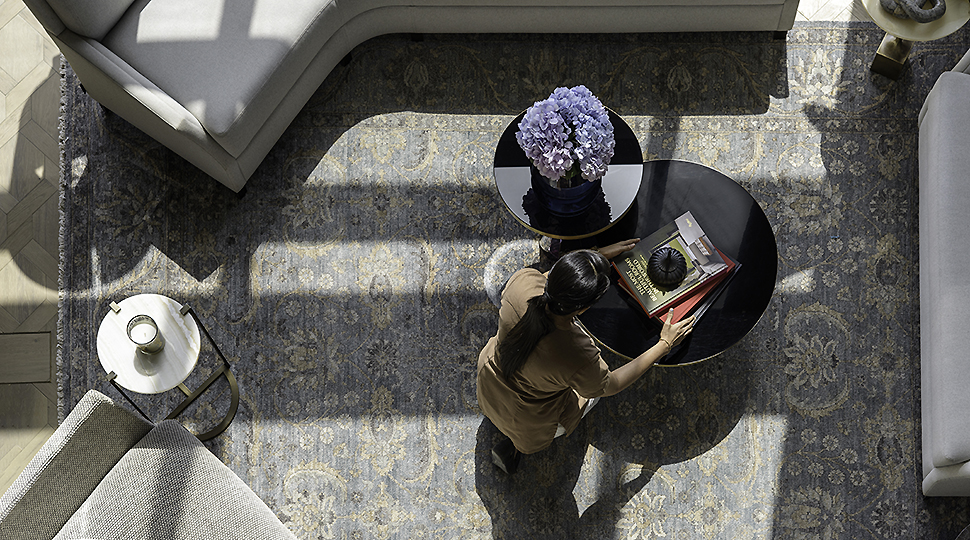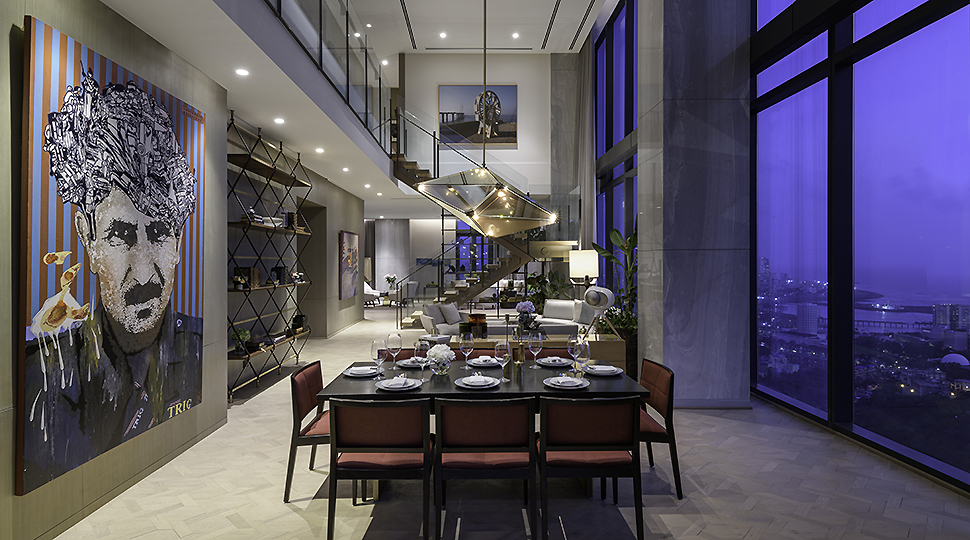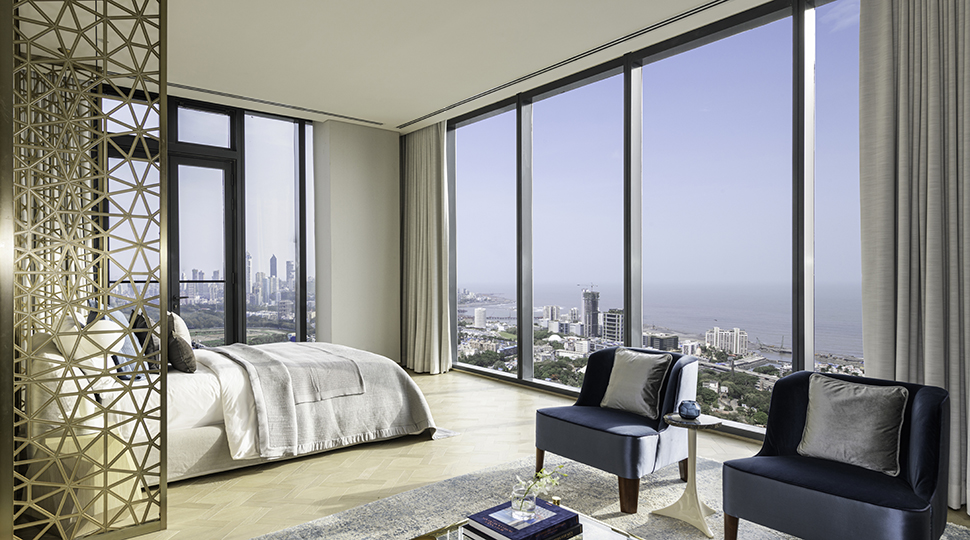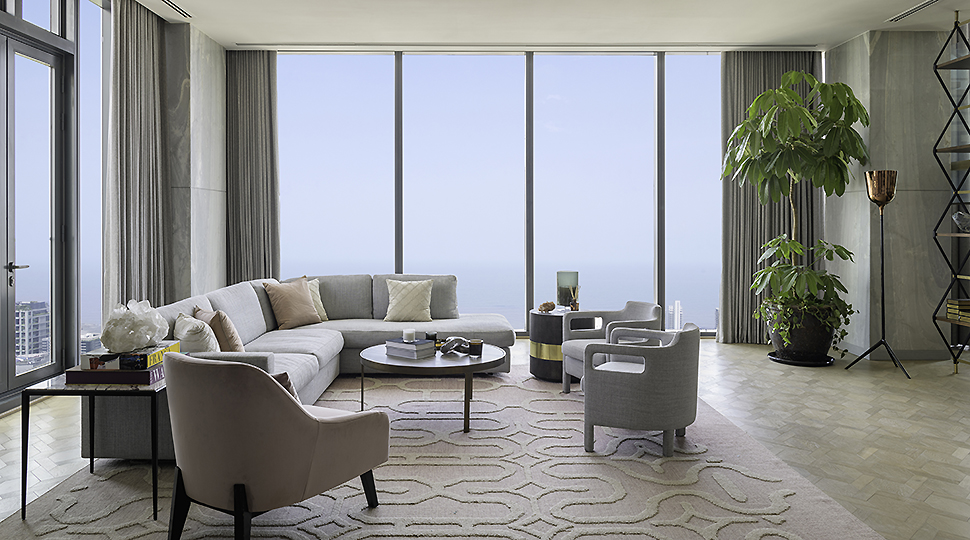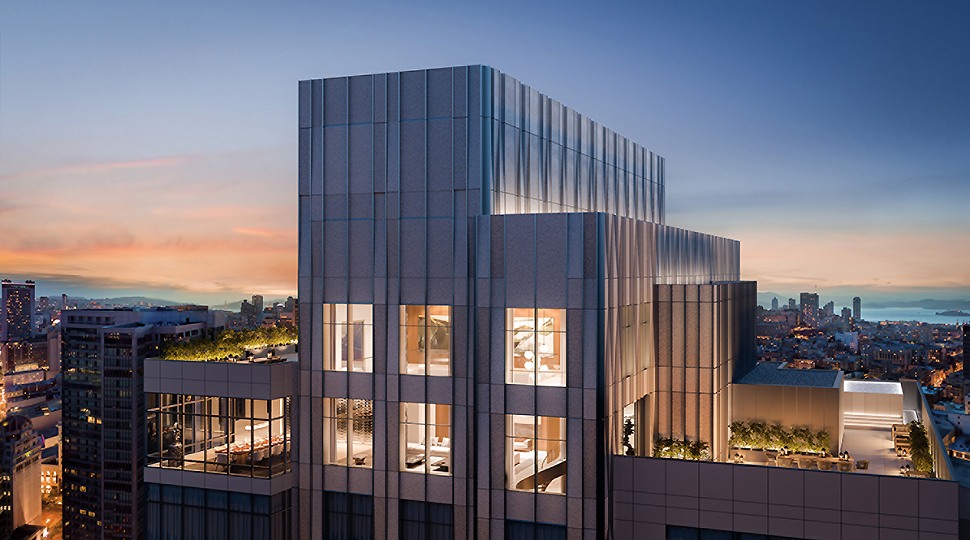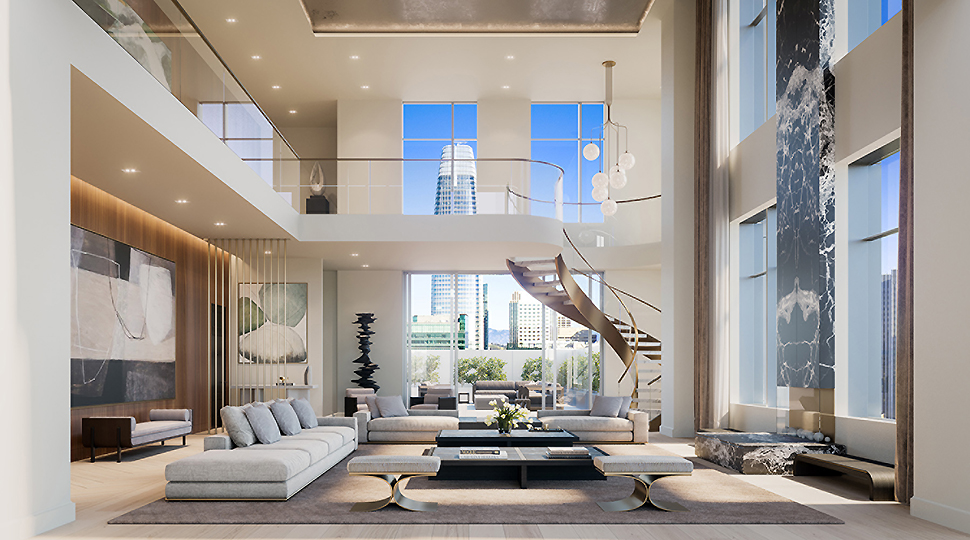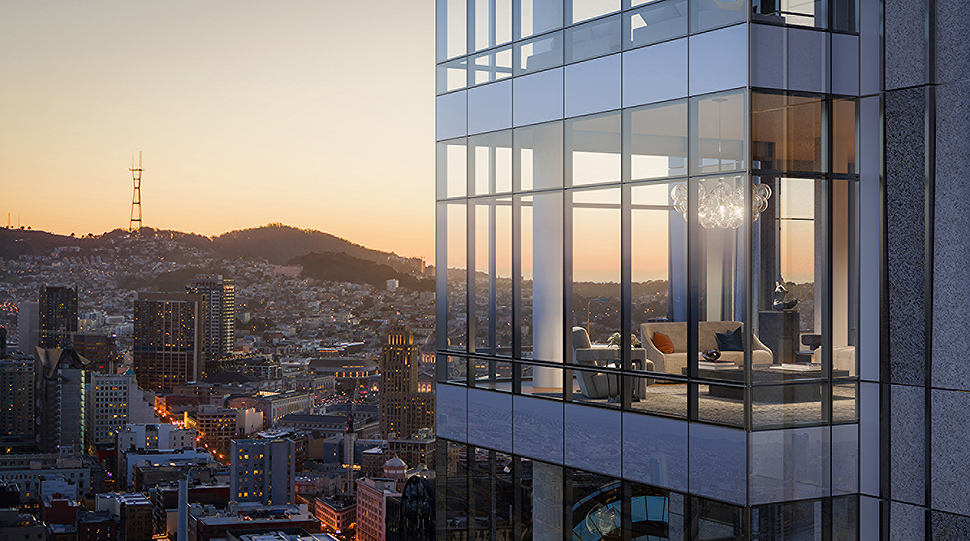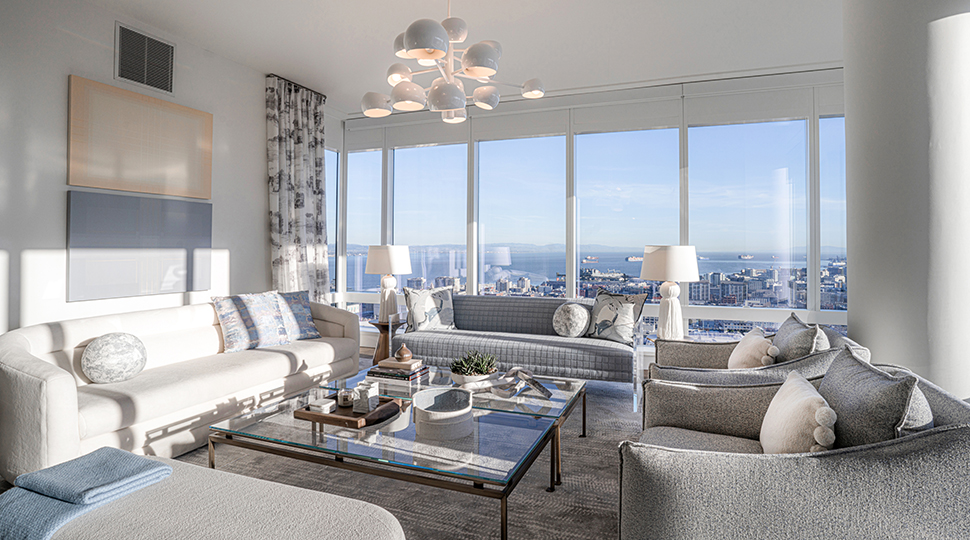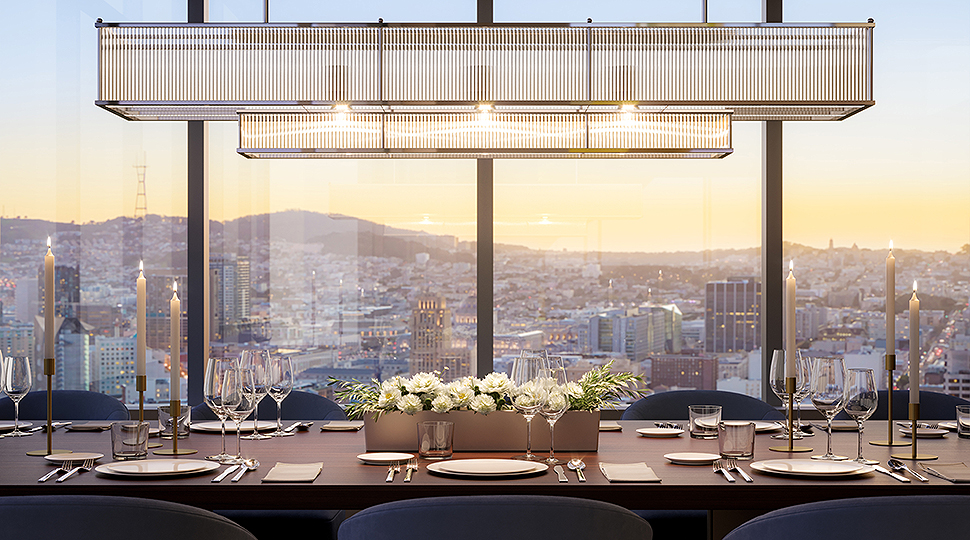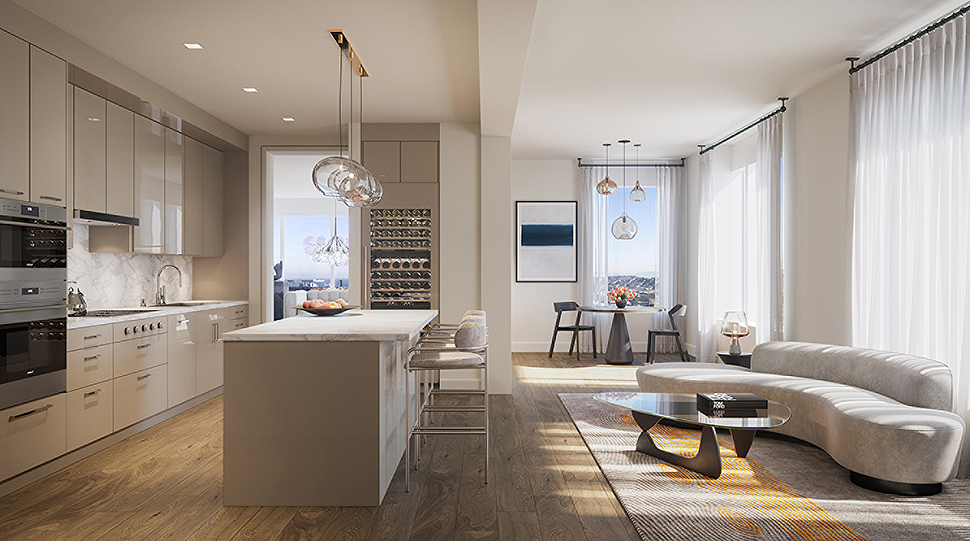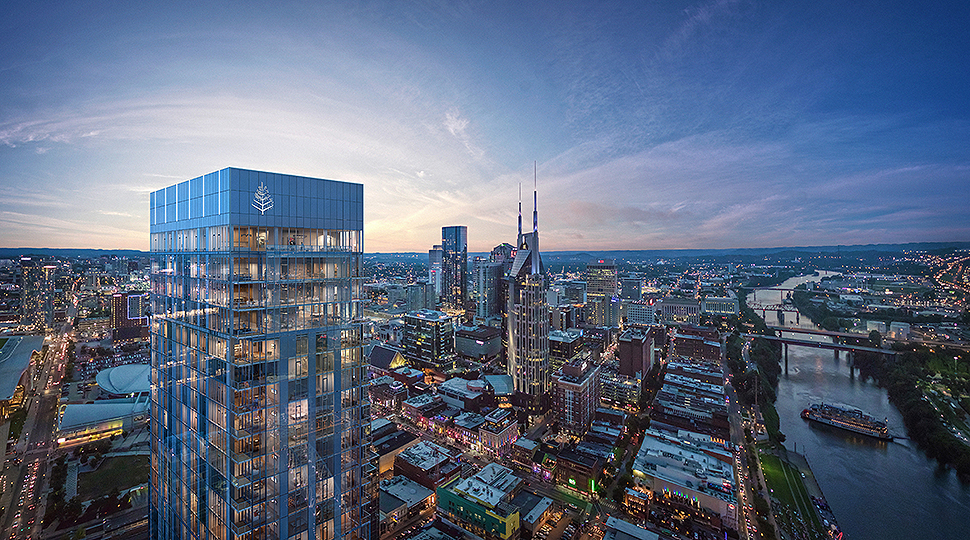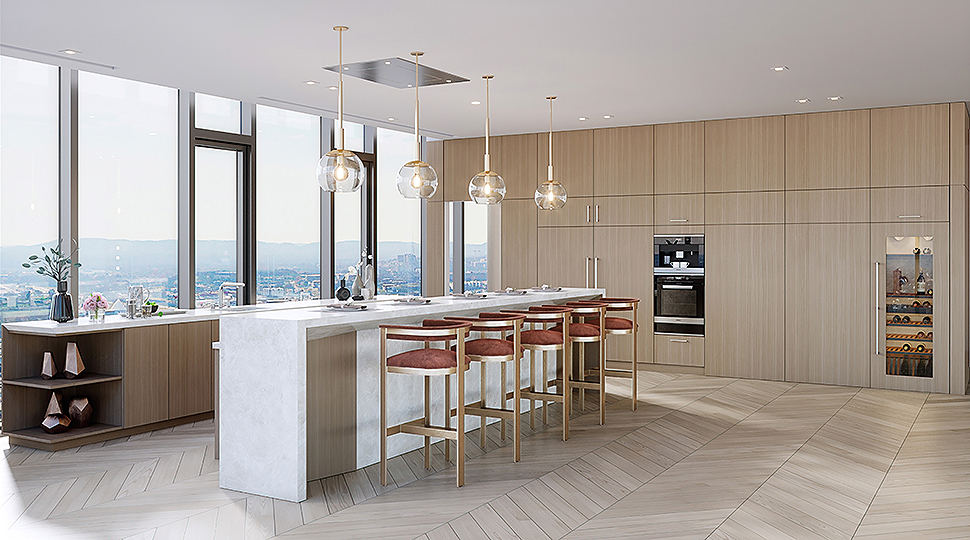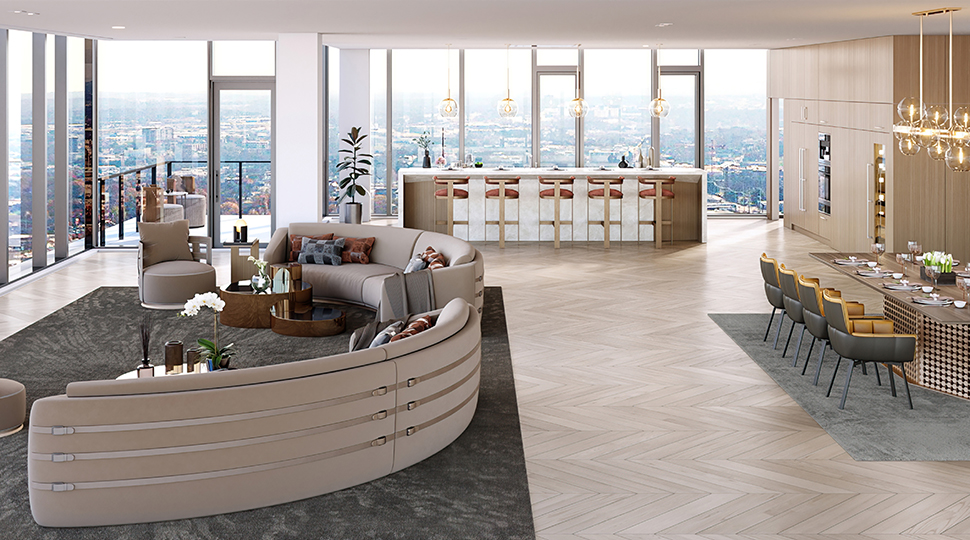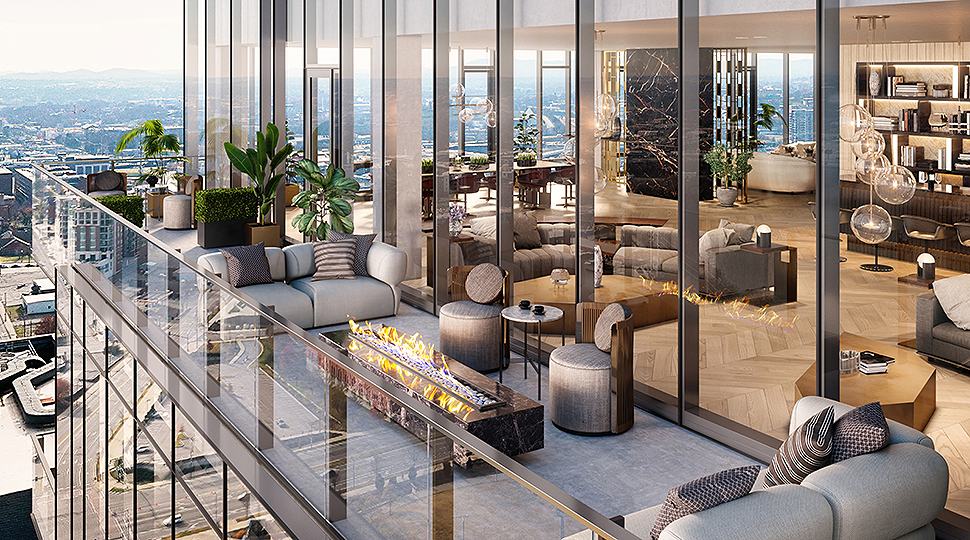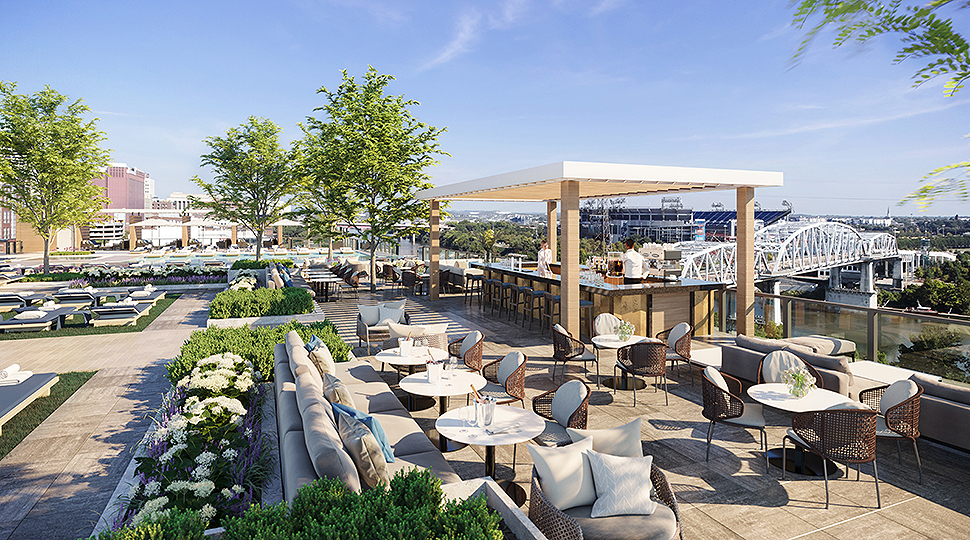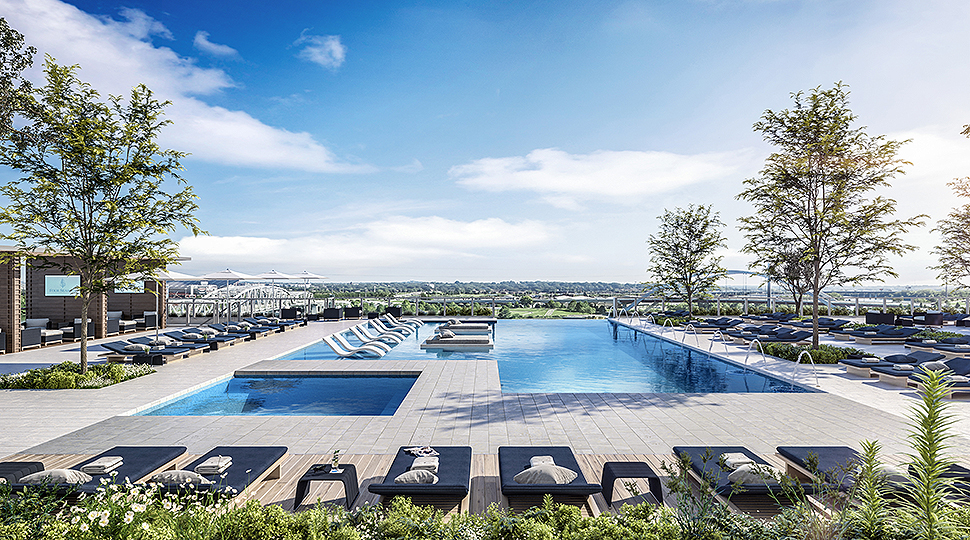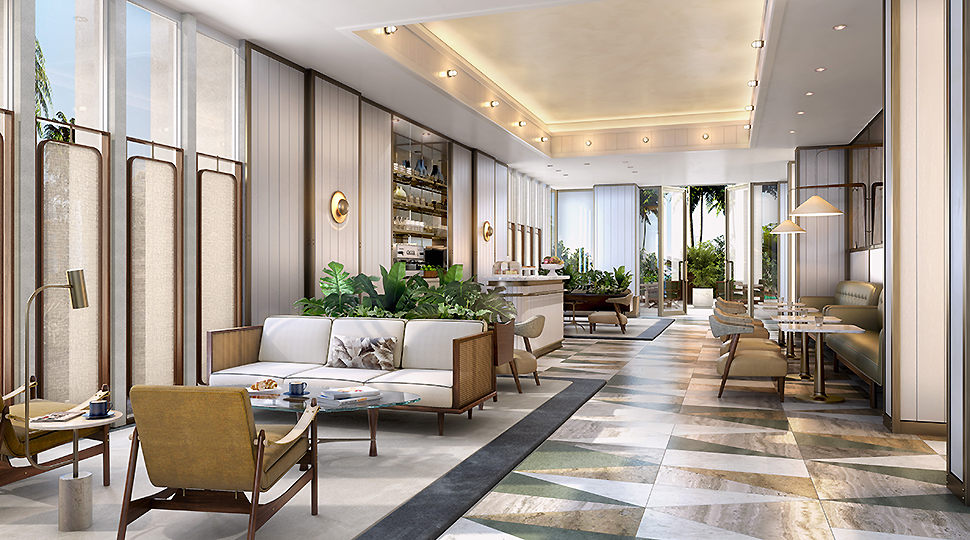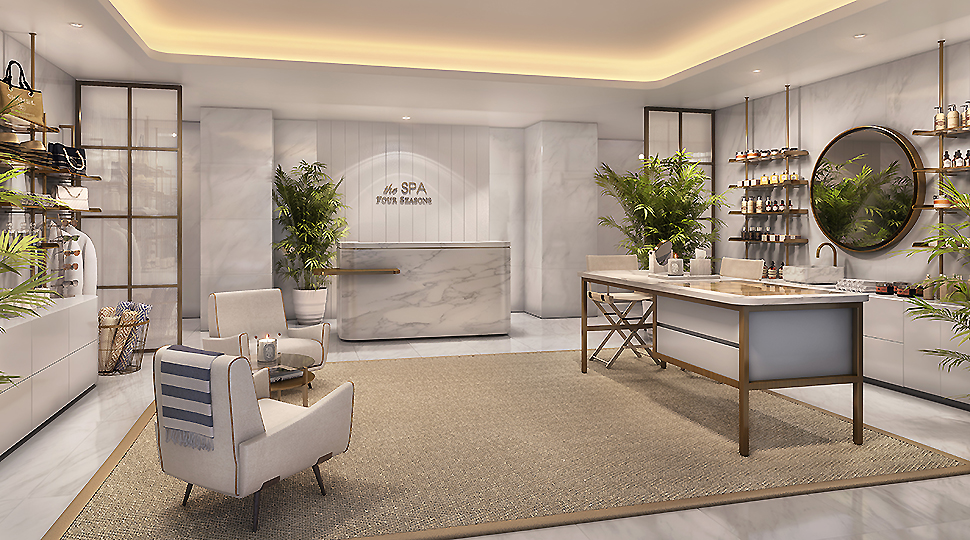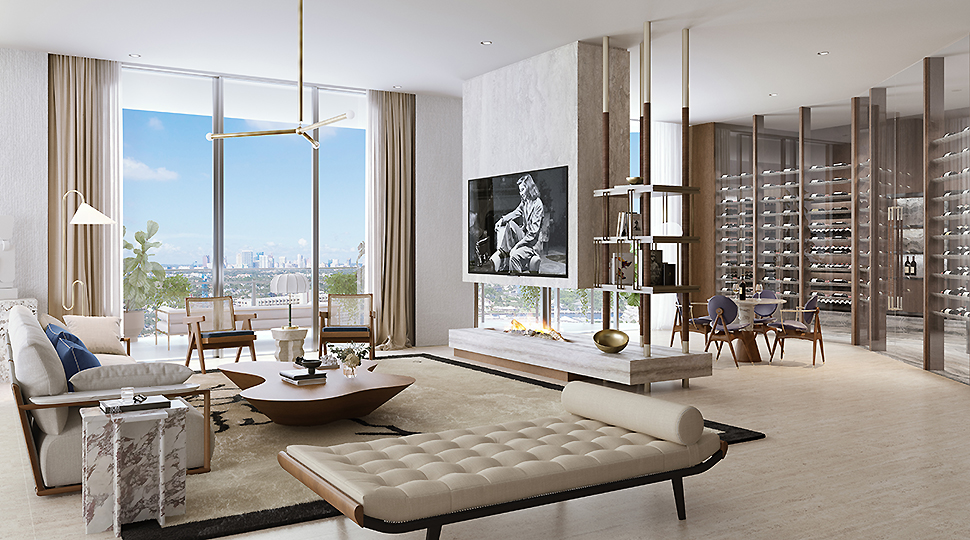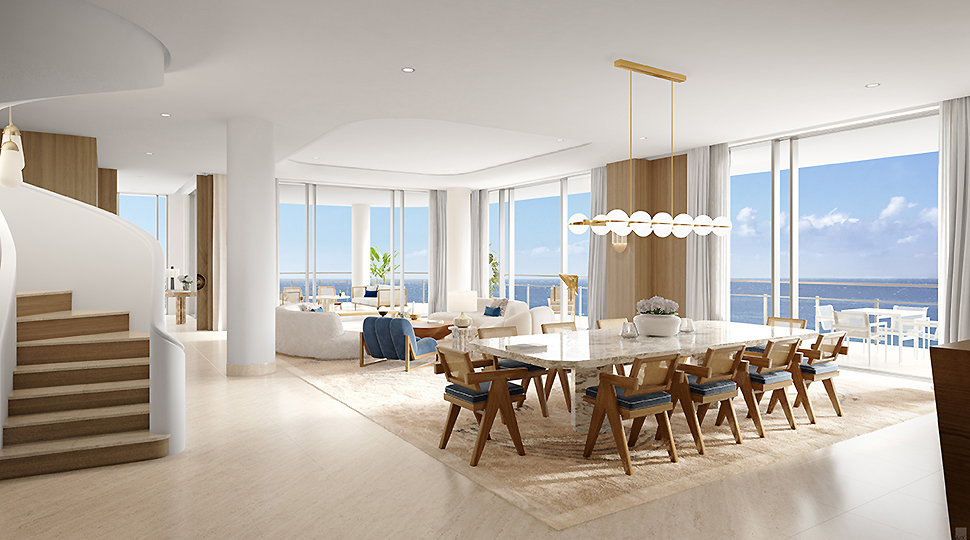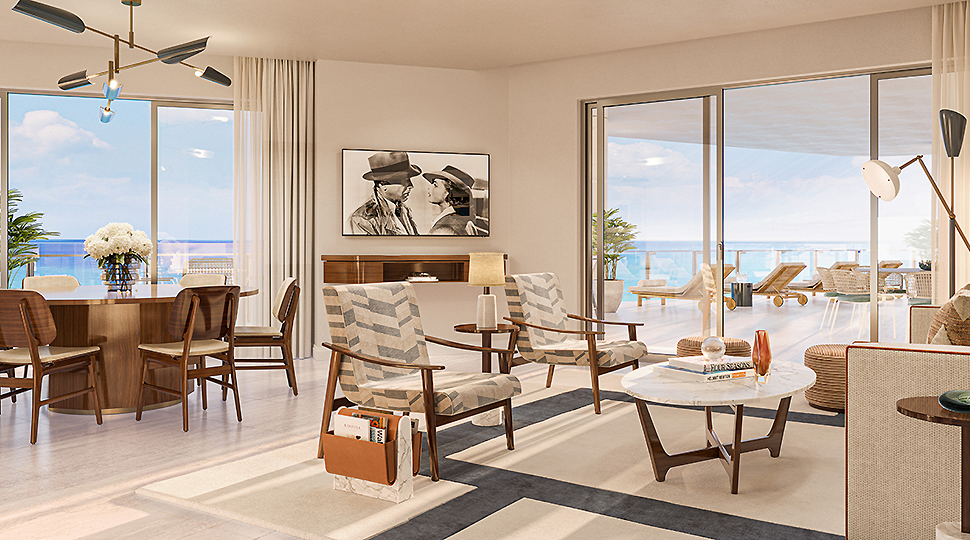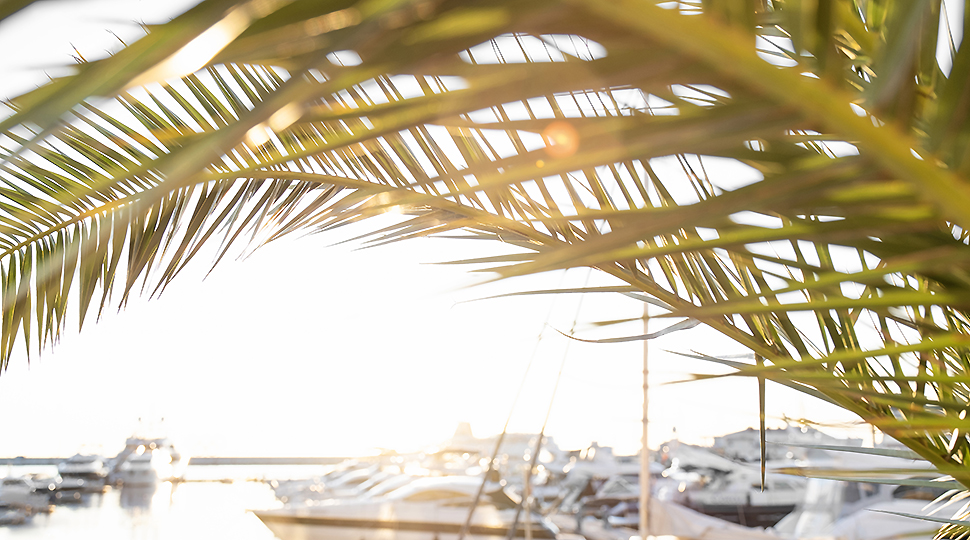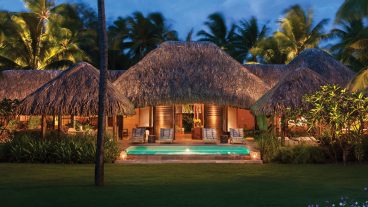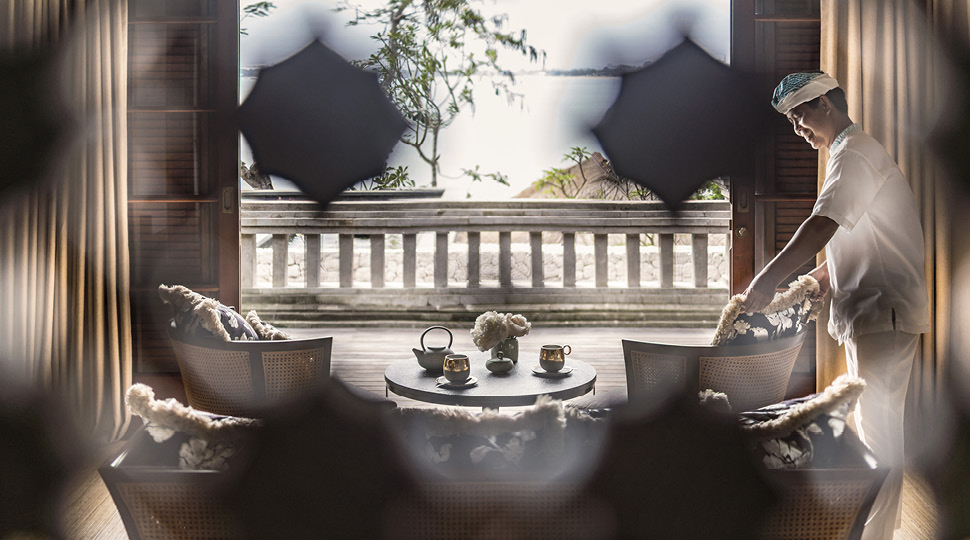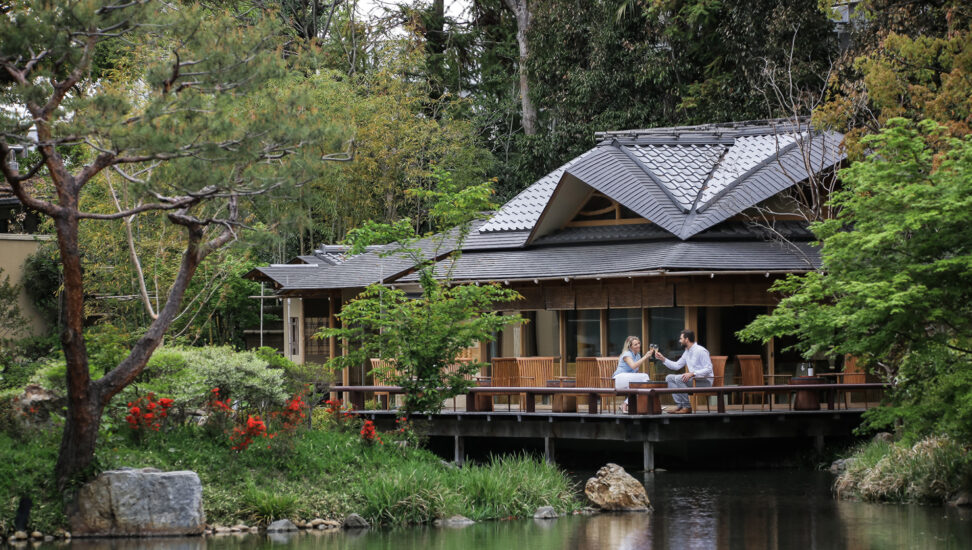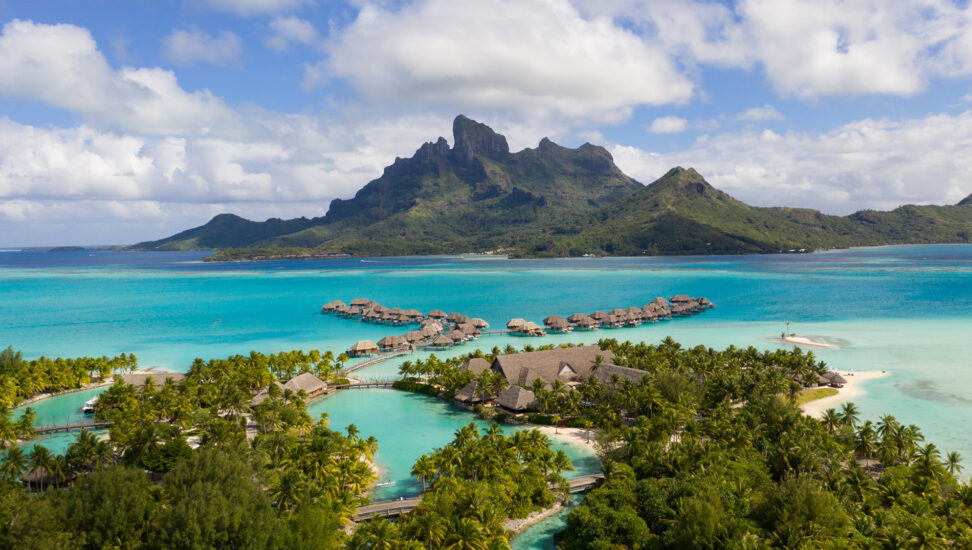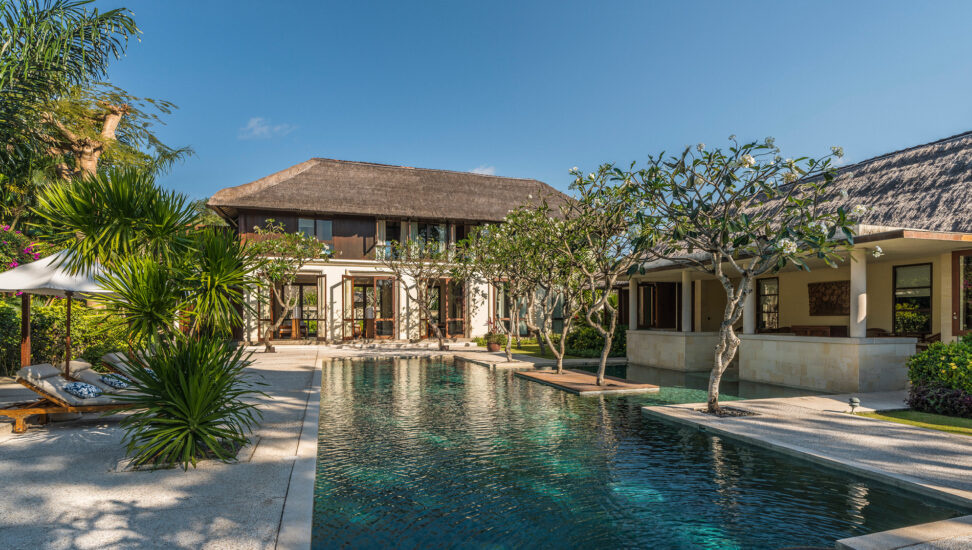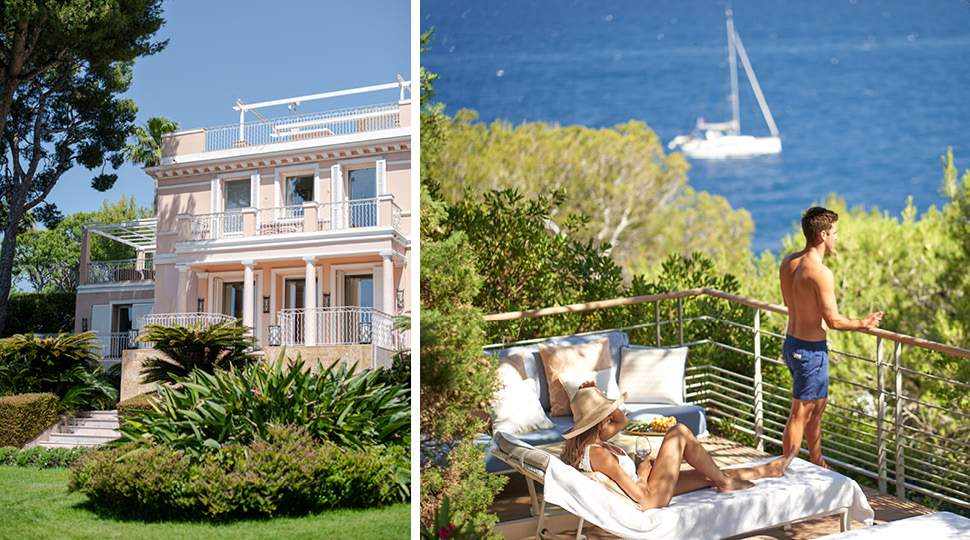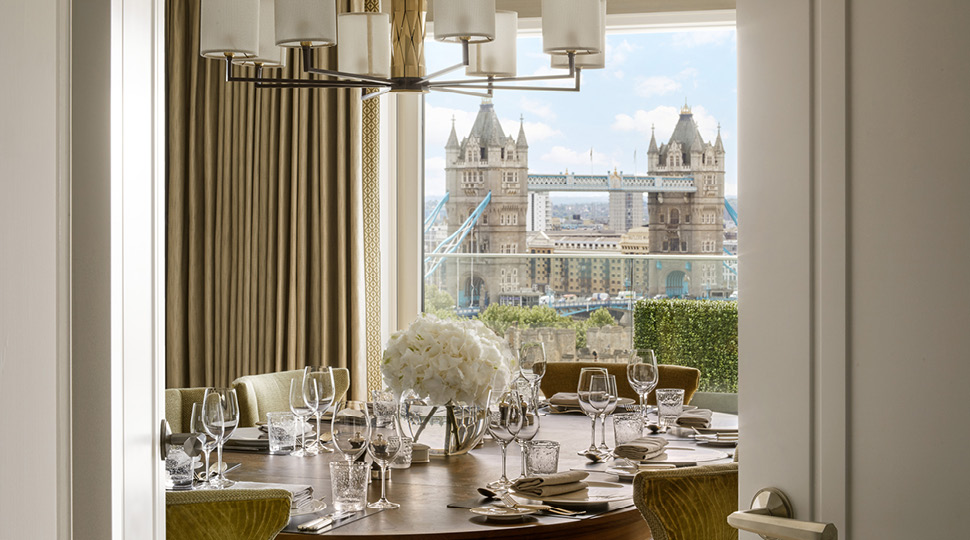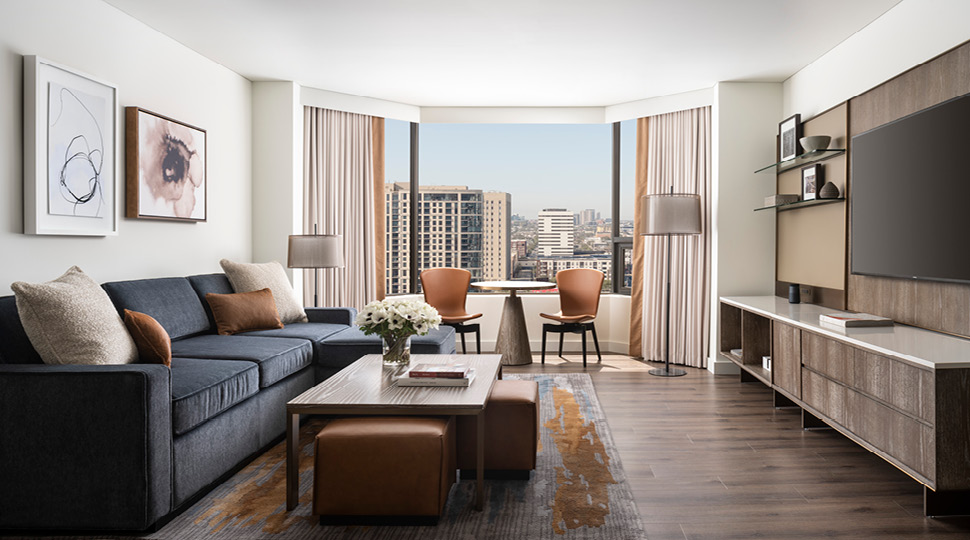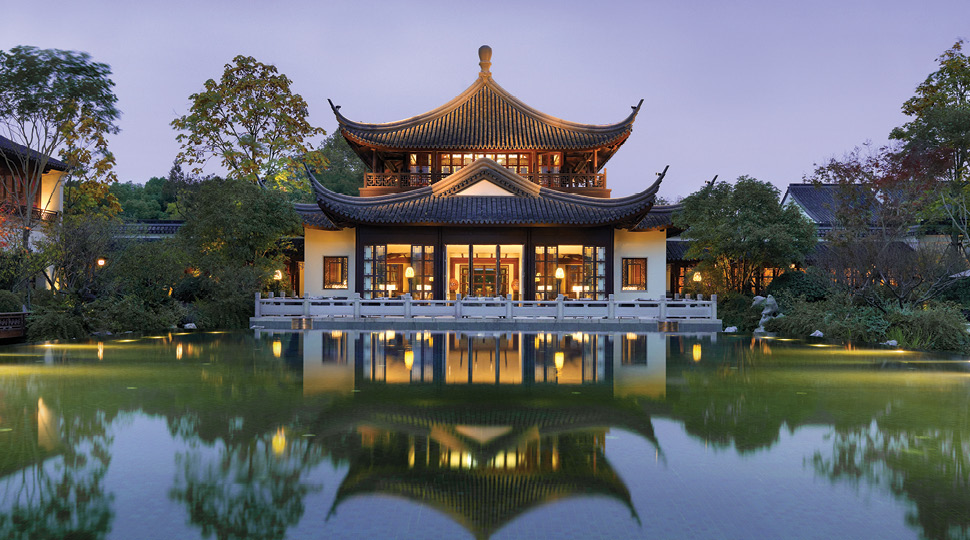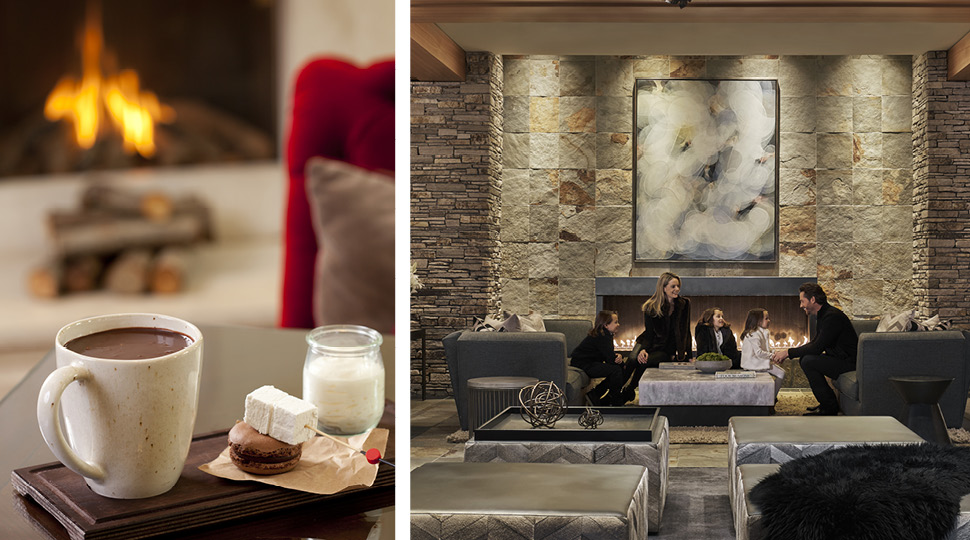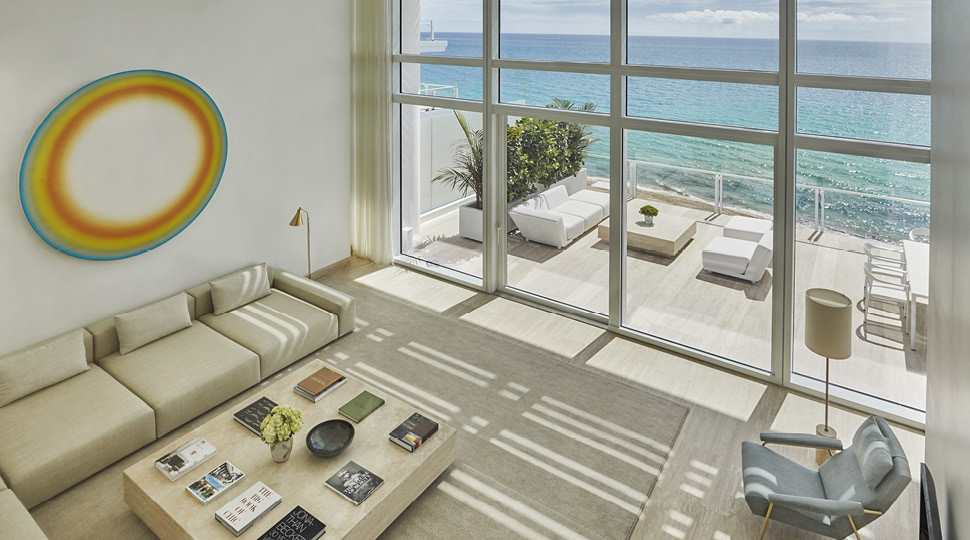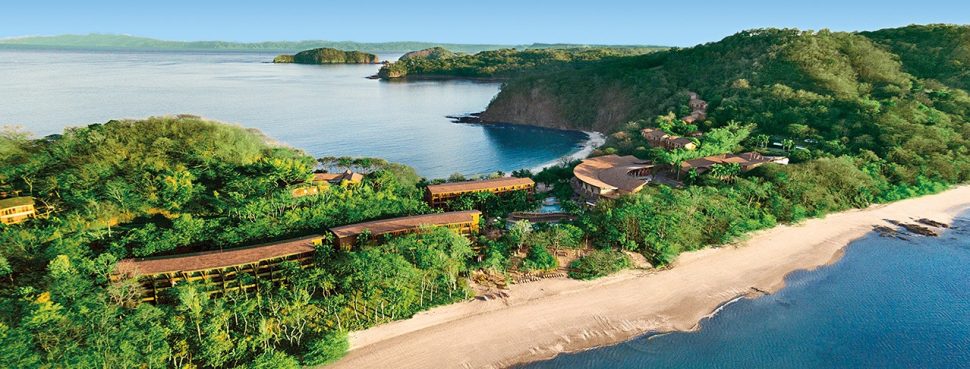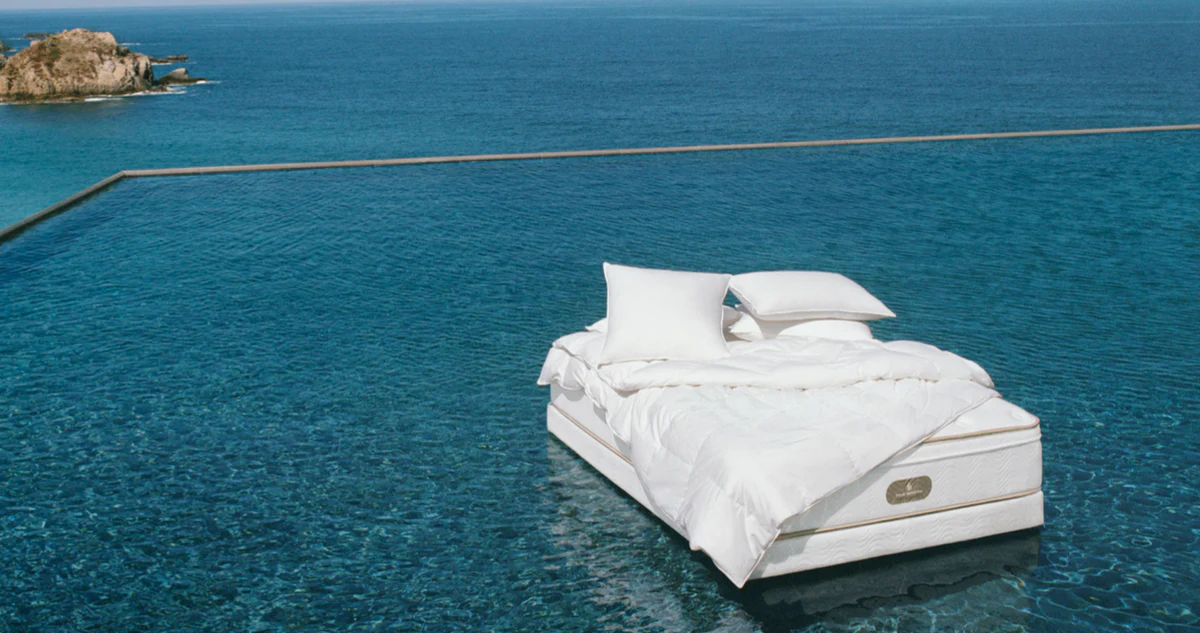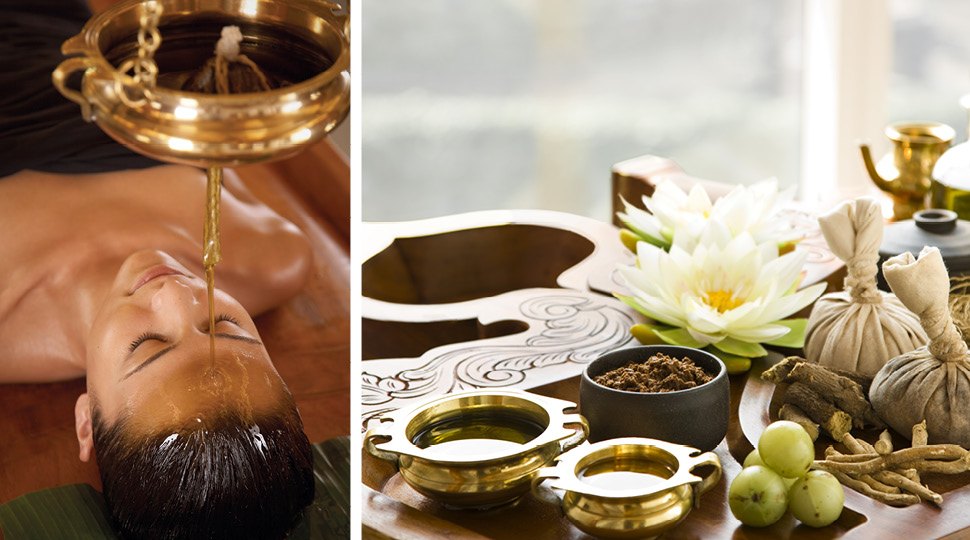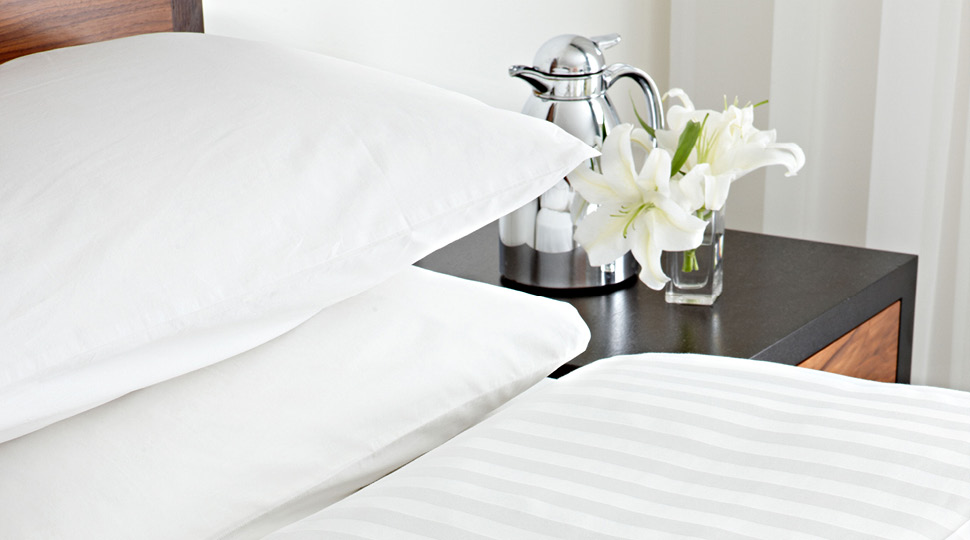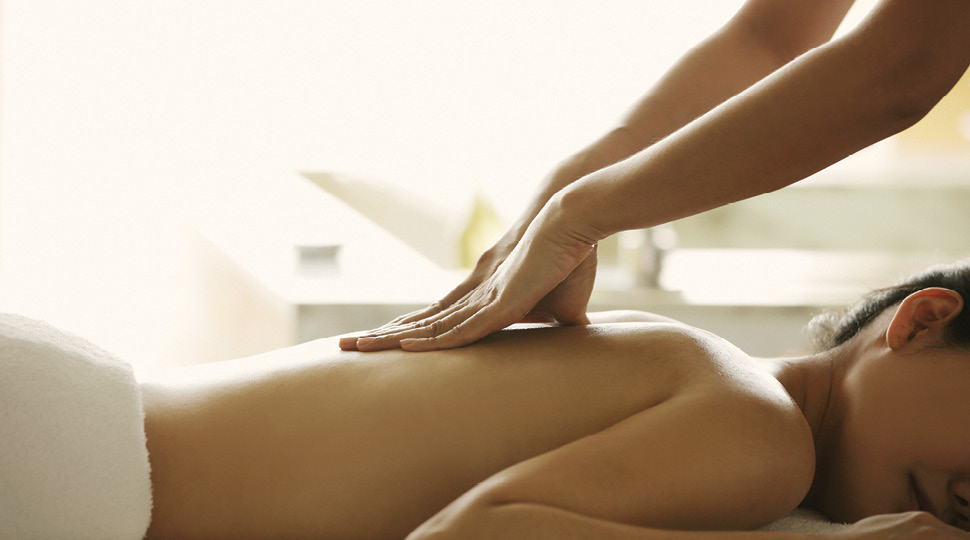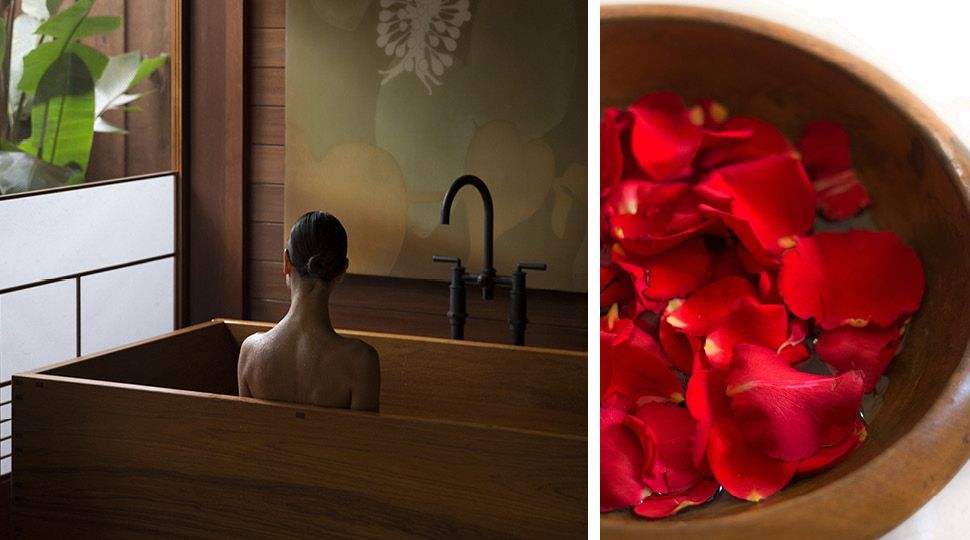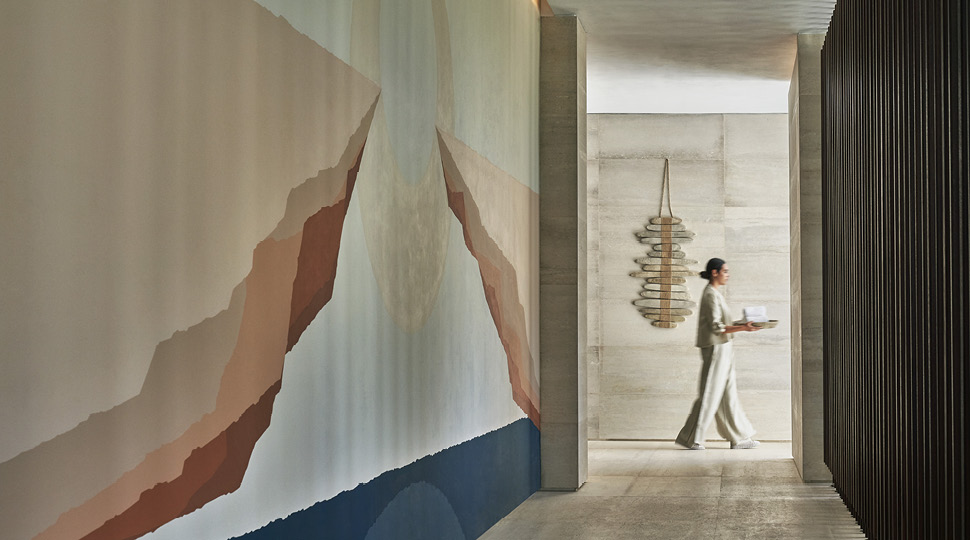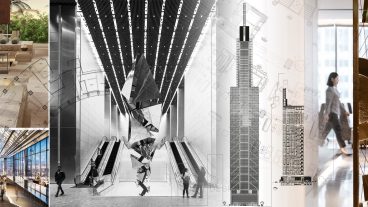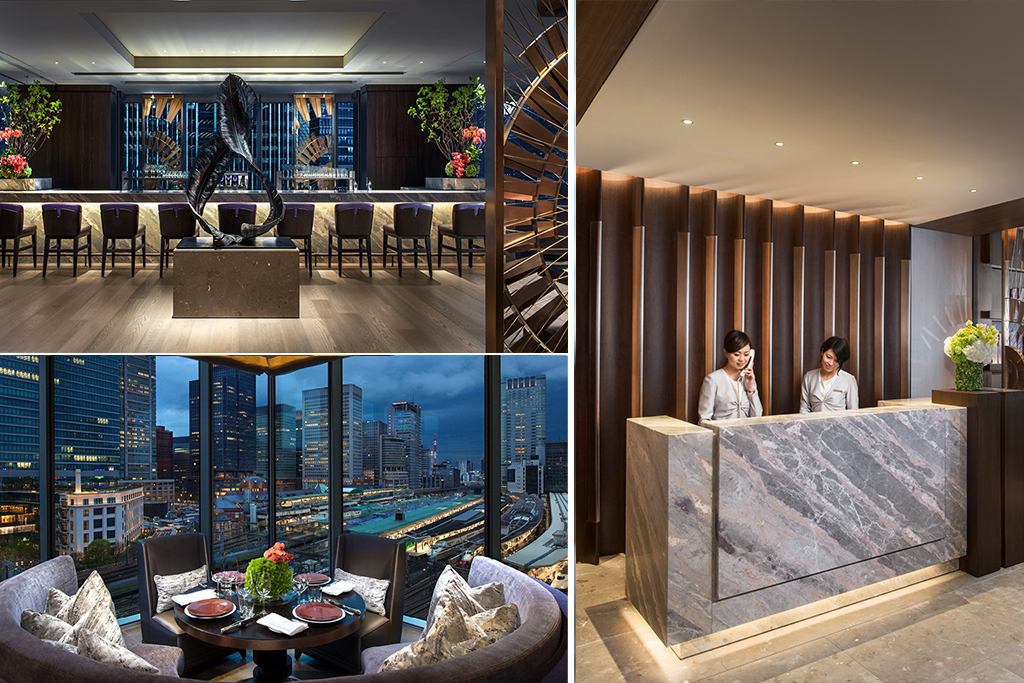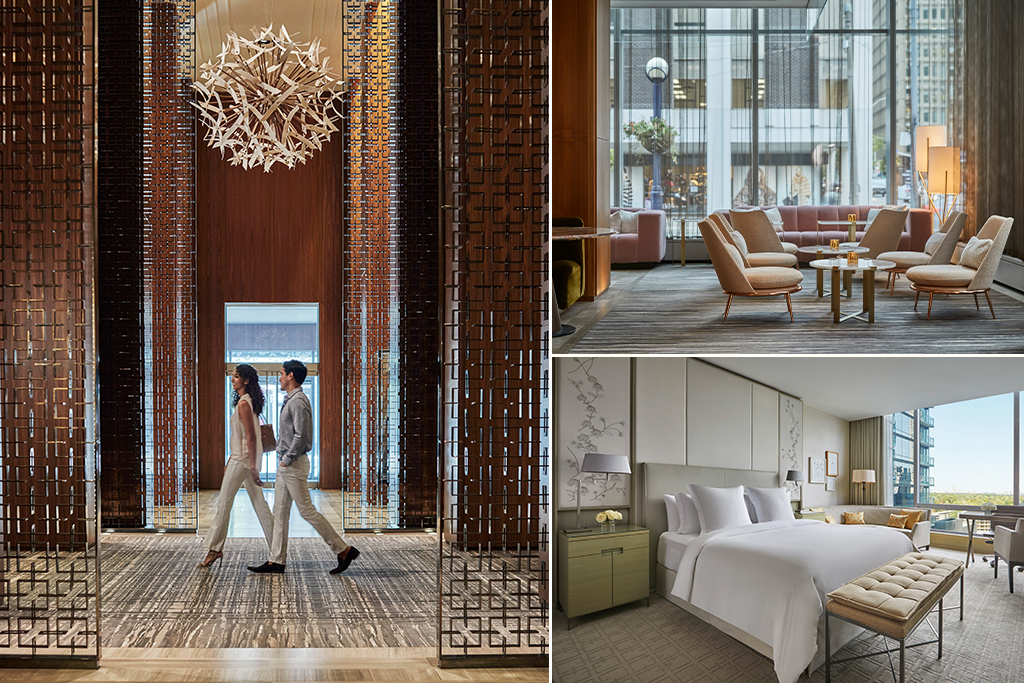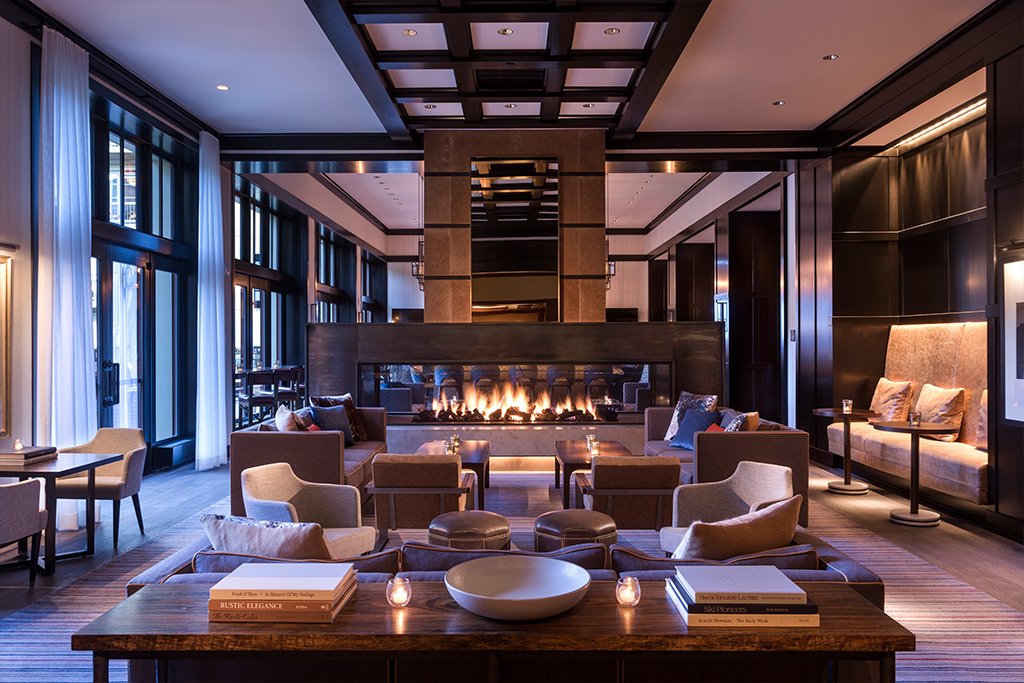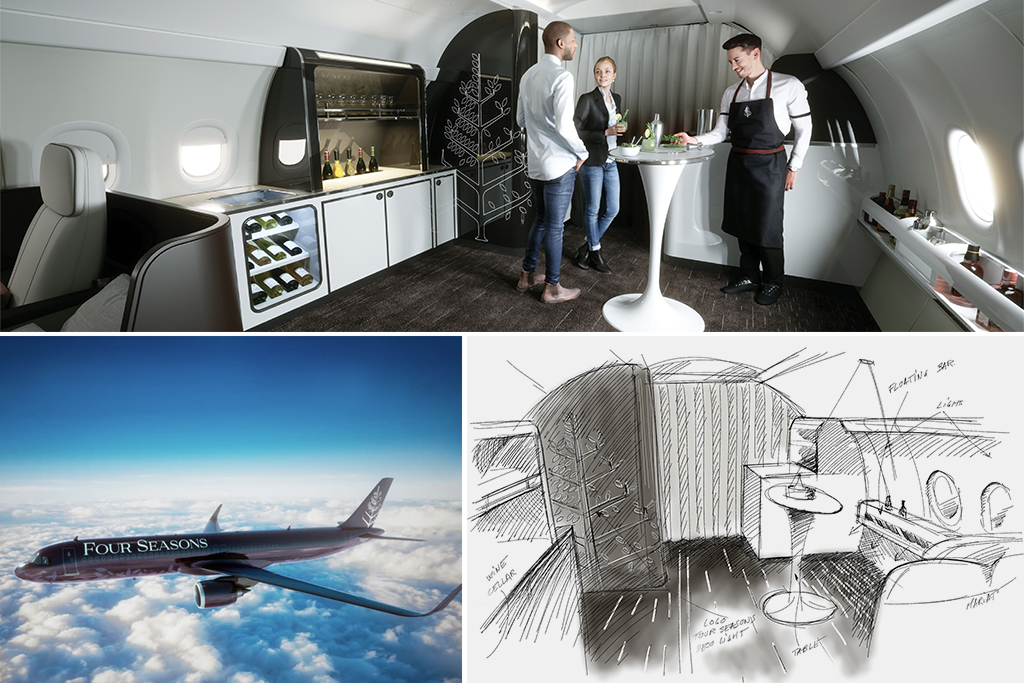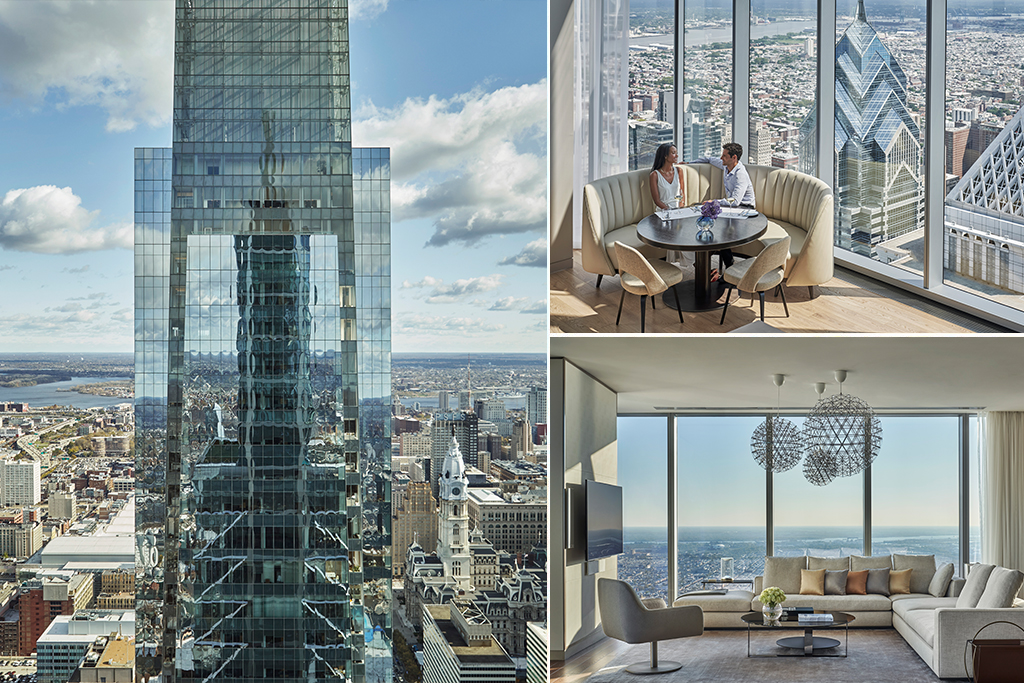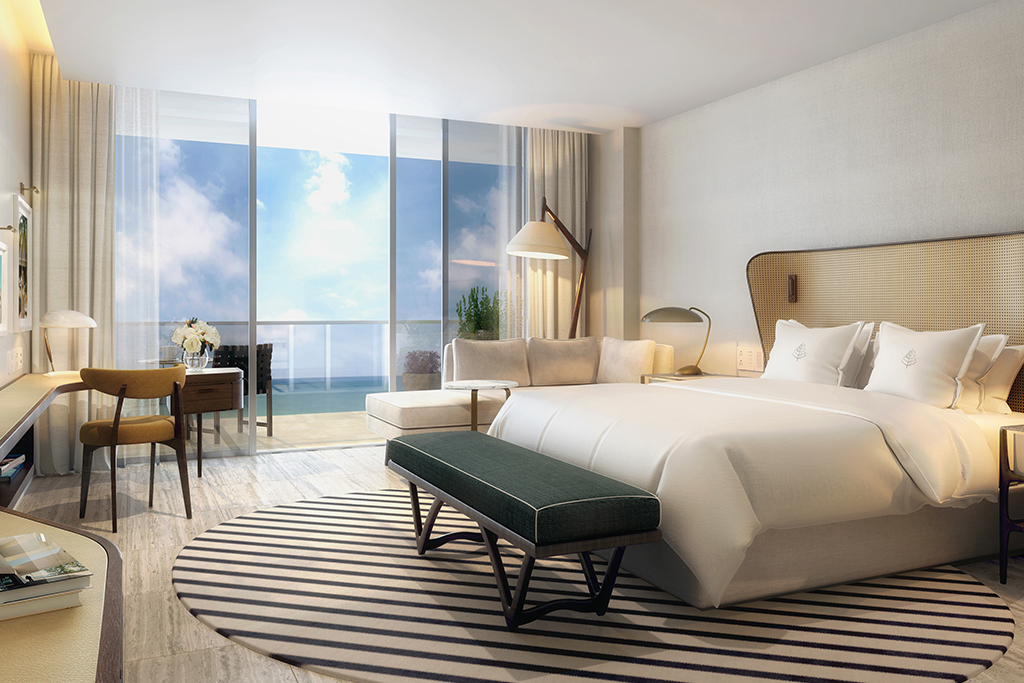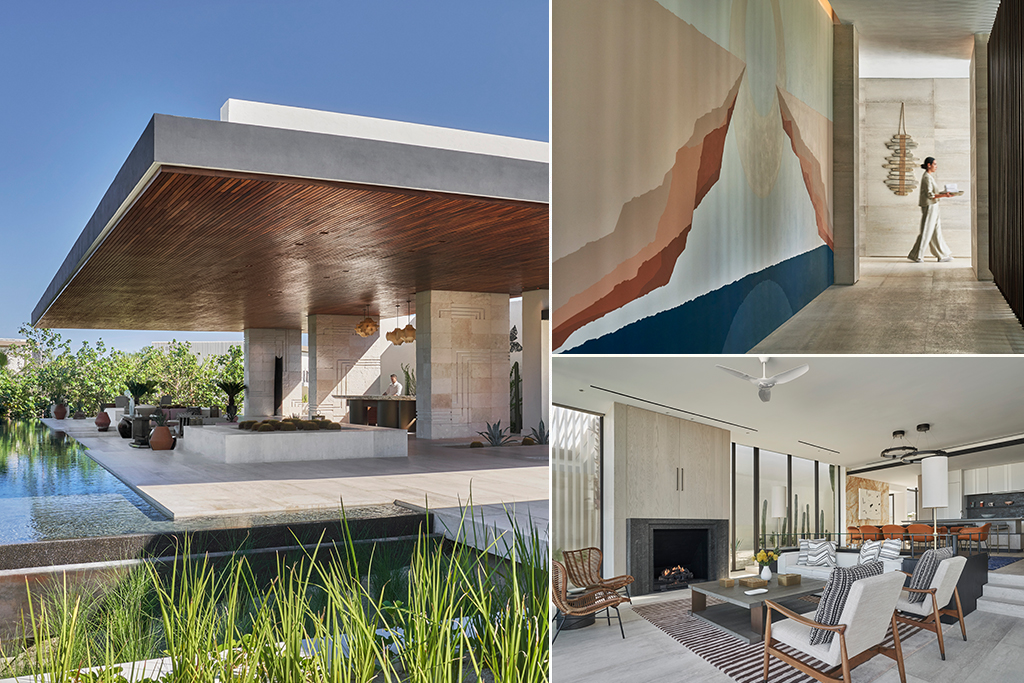Spring is the season of new beginnings, so why not see it in a new place, or see a familiar place in a new light? Here are five Four Seasons destinations that call for exploration this spring.
View this post on Instagram
Horses and History in London
London loves the spring. “It’s the best time to explore the popular sights and the city’s many green spaces, from public gardens, parks and commons to hidden terraces,” says Head Concierge Raphael Lelaure of Four Seasons Hotel London at Tower Bridge. To see the season in full bloom, he recommends a visit to the Chelsea Flower Show – held this year from May 24–28 and billed as the “world’s greatest flower show.” If you’re craving a little more action, don your best hat and head to the Royal Ascot from June 14–18 – the horses might be the winners of this storied race, but the fashion and food on offer are a close second.
The season is also the ideal time to experience the city. Thanks to the Hotel’s central location, you’re perfectly positioned to explore iconic landmarks like Tower Bridge and the Tower of London, just a short walk away. You’ll have them to yourself during an after-hours viewing of the stunning Crown Jewels collection, part of a private tour available only to Four Seasons guests. The Hotel’s address at Ten Trinity Square is itself an important piece of London’s history: the gentle hill where the building now sits was first used more than 2,000 years ago by the Romans as the site of the settlement of Londinium. The building opened in 1922 as the headquarters of the Port of London Authority and in 1946 served as the site of the inaugural reception for the UN General Assembly. Four Seasons is celebrated Ten Trinity Square’s 100th anniversary with a variety of special events and experiences, including guided tours and a display of artefacts on loan from the Museum of London Archaeology that were uncovered during the careful redevelopment of the site.
After a day spent exploring the city, return to the Hotel and celebrate one of the most cherished English traditions: afternoon tea, served beneath the beautiful domed ceiling of the Rotunda Lounge.
Celebrate the season in London
View this post on Instagram
Hiking and Cherry Blossoms in Kyoto
In the garden- and temple-filled city of Kyoto, spring is synonymous with sakura (cherry blossom) season, when the city is awash in shades of pale pink. One particularly famous spot for admiring the blooms is the tree-lined road along the Kamogawa River, but you don’t have to stop there. “My hometown is near Ginkakuji Temple on the north side of Kyoto city,” says Kanako Morita, Concierge Team Leader at Four Seasons Hotel Kyoto. “When it was sakura season, my father and I used to walk Philosophy Path among the beautiful cherry blossoms and then go up to Mount Daimonji for a half-hour of hiking,” he says. Looking down at the view of Kyoto city from the top of the mountain in spring weather with my family is an absolute favourite memory.”
The Hotel itself has 37 of the flowering trees in its pond garden, and a number of ways to salute the season, such as the delightful Floral and Honey Afternoon Tea.
See spring in full bloom in Kyoto
View this post on Instagram
Botanicals and Beauty in India
Come spring, the bright flowers that give India’s Silicon Valley its other nickname, the Garden City, put on a spectacular show. You’ll see the asymmetrical mauve and pink blossoms of the purple bauhinia, as well as Indian laburnum, or golden shower trees, with their cascading branches of bright yellow flowers.
“A morning walk in Lalbagh Botanical Garden or Cubbon Park is always wondrous,” says Siddhant Chalke, Chief Concierge at Four Seasons Hotel Bengaluru. “Just strolling through the trees – some of which are very interesting and ancient – brings joy.”
To help guests celebrate this season of renewal, the Hotel has launched a special wellness experience. The Flower at Four Seasons program is “inspired by fragrances of marigold, rose, geranium and jasmine, which you might encounter on the garden walks in Bangalore’s iconic neighbourhoods,” says Spa Manager Minu Budhatoki. “The treatment is a full-body massage that guests adore. It starts as a sensuous journey and leaves you feeling joyfully uplifted. Our wellness experts can release knotted muscles but also help heal stress in a serene environment.”
View this post on Instagram
Baseball and Blooms in Chicago
To hear Kristen Klus, Guest Manager & Chief Concierge at Four Seasons Hotel Chicago, tell it, the Windy City is completely transformed when winter ends. “Spring is my favourite season, as the sunshine invigorates Chicagoans and gets the city inspired,” she says. “You see this resurgence of vitality – people are biking, walking and kayaking on the lake.”
The season is on full display at the Hotel, where a special afternoon tea offers a botanical escape high above Michigan Avenue. Enjoy elevated bites and sweet treats crafted by Executive Pastry Chef Juan Gutierrez – winner of the Netflix special School of Chocolate.”
Spring can be seen and heard in other areas of the city: The roar of snow plow motors is replaced by the cheers of White Sox and Chicago Cubs fans, rooting for their favourite teams. And by early April, visitors can see a bold wave of colour along Michigan Avenue as the season’s tulips blossom and greet the world.
Feel refreshed in Chicago
View this post on Instagram
Spring Renewal and Whale Watching on Lanai
Spring is all about renewal. Nourish your mind and body at Sensei Lanai, A Four Seasons Resort. The brand’s first all-inclusive wellness retreat aims to start guests on a journey to greater well-being with the help of Sensei Guides and customized programming, including wellness consultations, spa treatments in a private hale, fitness classes, lectures and healthy meals. Whether you’re looking to rest or recharge after a momentous occasion, reset your health or spend quality time with loved ones, Sensei’s botanical art gardens and tropical mountain setting are the ideal backdrop, offering a unique place for discover and renewal.
Focus on wellness on Lanai
At the oceanfront Four Seasons Resort Lanai, fine-tune your golf game with a Trackman session at the Jack Nicklaus-designed Manele Golf Course. Or enjoy a beverage and delicious pupus – appetizers – aboard the Resort’s catamaran, during a sunset cruise along the scenic coastline. It’s also a chance to spot spinner dolphins, turtles and humpback whale spouts. “Through April, the channels that run between Lanai, Maui and Molokai are some of the best waters in the world for whale watching,” says Captain Ricky Etrata. “The crew even has a hydrophone on board so guests can listen as the whales sing to each other.”
Play outside on Lanai
YOUR JOURNEY BEGINS HERE
What’s your ideal spring break?
